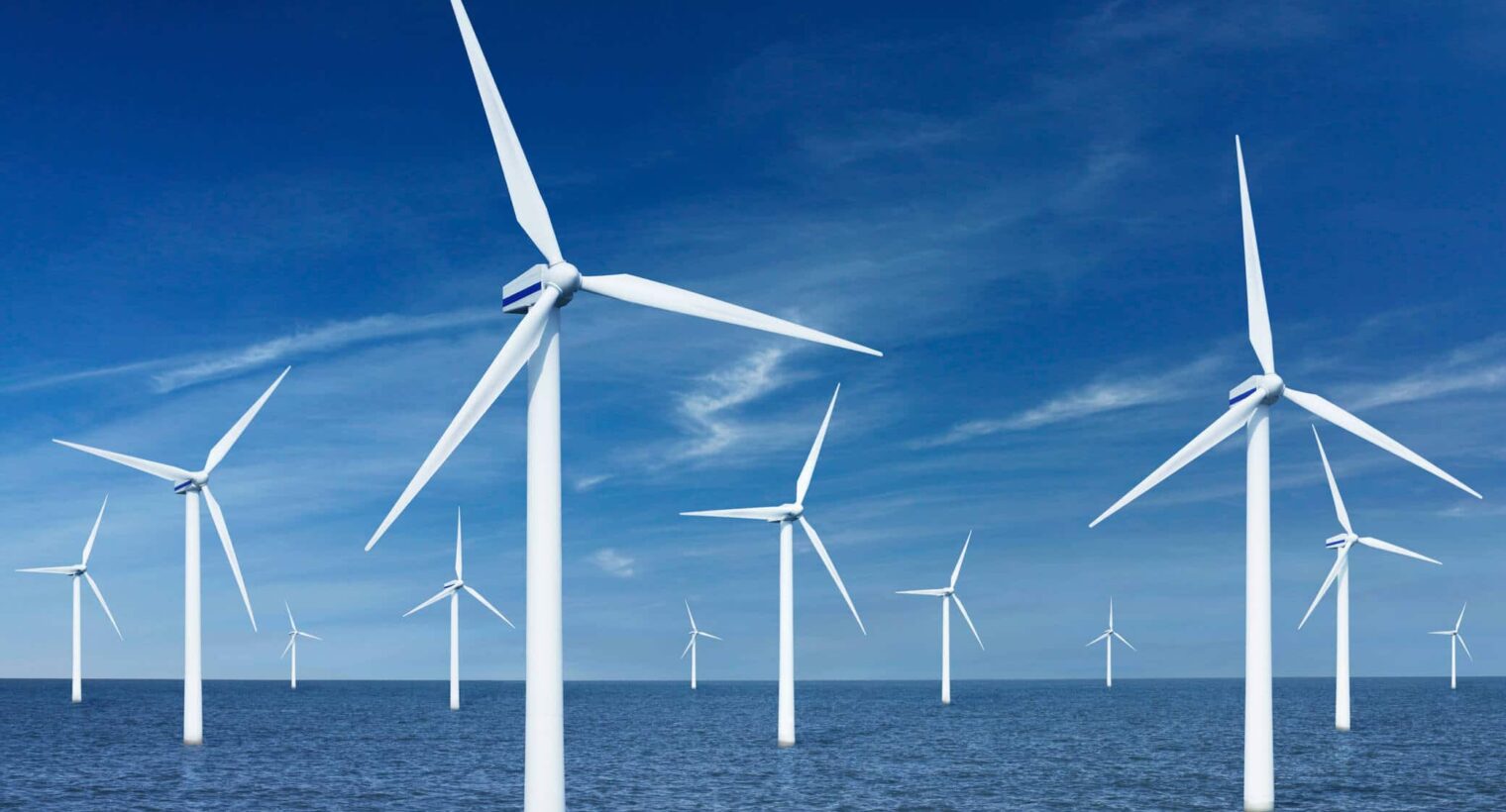This article is your complete guide to offshore wind energy. You might have driven past vast fields dotted with towering wind turbines or seen pictures of huge wind farms stretching across horizons. But there’s another kind of wind power that’s been making waves (quite literally): Offshore Wind Power. If you’ve ever wondered what offshore wind power is and how it might relate to you, the curious homeowner, then you’re in the right place. While it’s not as practical as your common solar panel, it really packs a punch in terms of moving towards a greener more sustainable future. Welcome to a brief exploration into the world of offshore wind energy.
Here at The Energy Professor, we want to give you the information you need to not only save money on your energy bill but to also become more energy efficient. We hope find this post helpful! And makes it easier for you to know more about offshore wind energy. Be sure to also check out our one-of-a-kind energy savings calculator!
The Energy Professor Electricity Rate Check Tool
What is Offshore Wind Power?
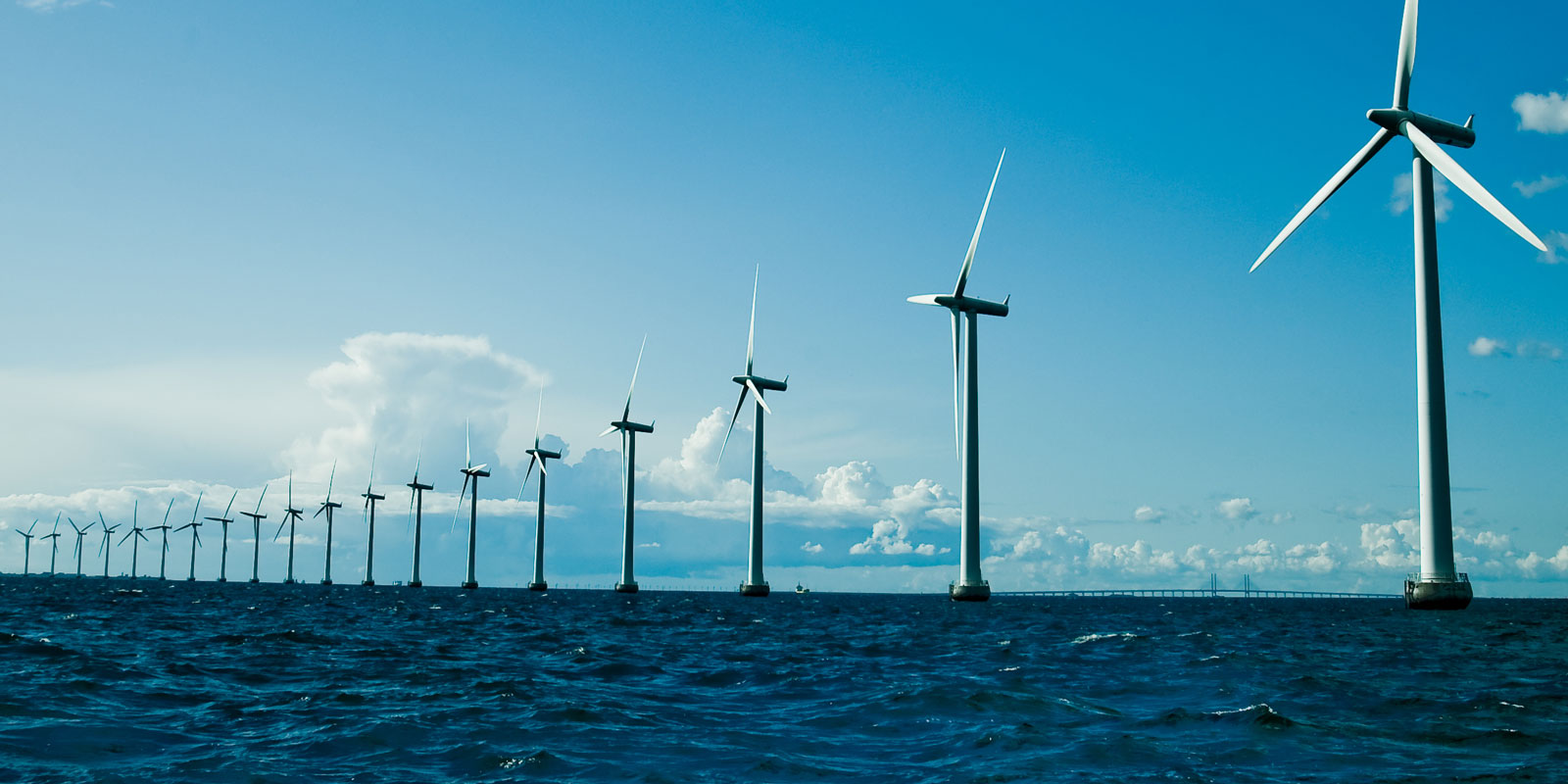
While this may seem like a new way of conserving our natural resources, wind power has been around since the 1800’s! In fact, it is the oldest type of renewable energy still used today. Simply put, offshore wind turbines are all about harnessing the energy of wind blowing over the oceans and converting it into electricity. These wind farms are set up in the waters, away from land, typically on the continental shelf. While it’s not as practical as your common solar panel, it really packs a punch in terms of moving towards a more sustainable future. Now, you might ask, “Why offshore?” Well, the winds blowing over the oceans tend to be stronger and more consistent than those on land. This means that offshore turbines can often produce more energy, more reliably.
What is the Difference Between Onshore and Offshore Energy?
- Onshore wind power taps into the breezes that sweep across our landscapes, using land-based turbines to produce electricity. In contrast, wind turbines in the ocean capture the robust winds that dance over the open waters, primarily our vast oceans, converting them into electricity.
No matter what kind of wind turbines you are thinking of, both boast swift installation times, particularly when weighed against other energy options. Wind energy consistently proves it’s a powerful use of energy in lighting up our homes and cities. And is poised to remain a central figure in our energy dialogues for as long as the breezes persist. As the world warms up to windmills in the ocean as a favored green energy choice, experts foresee noteworthy enhancements in the technologies of both onshore and offshore wind realms.
Related Post: Pros and Cons of Wind Energy
Is Offshore Wind Power a Renewable Energy?
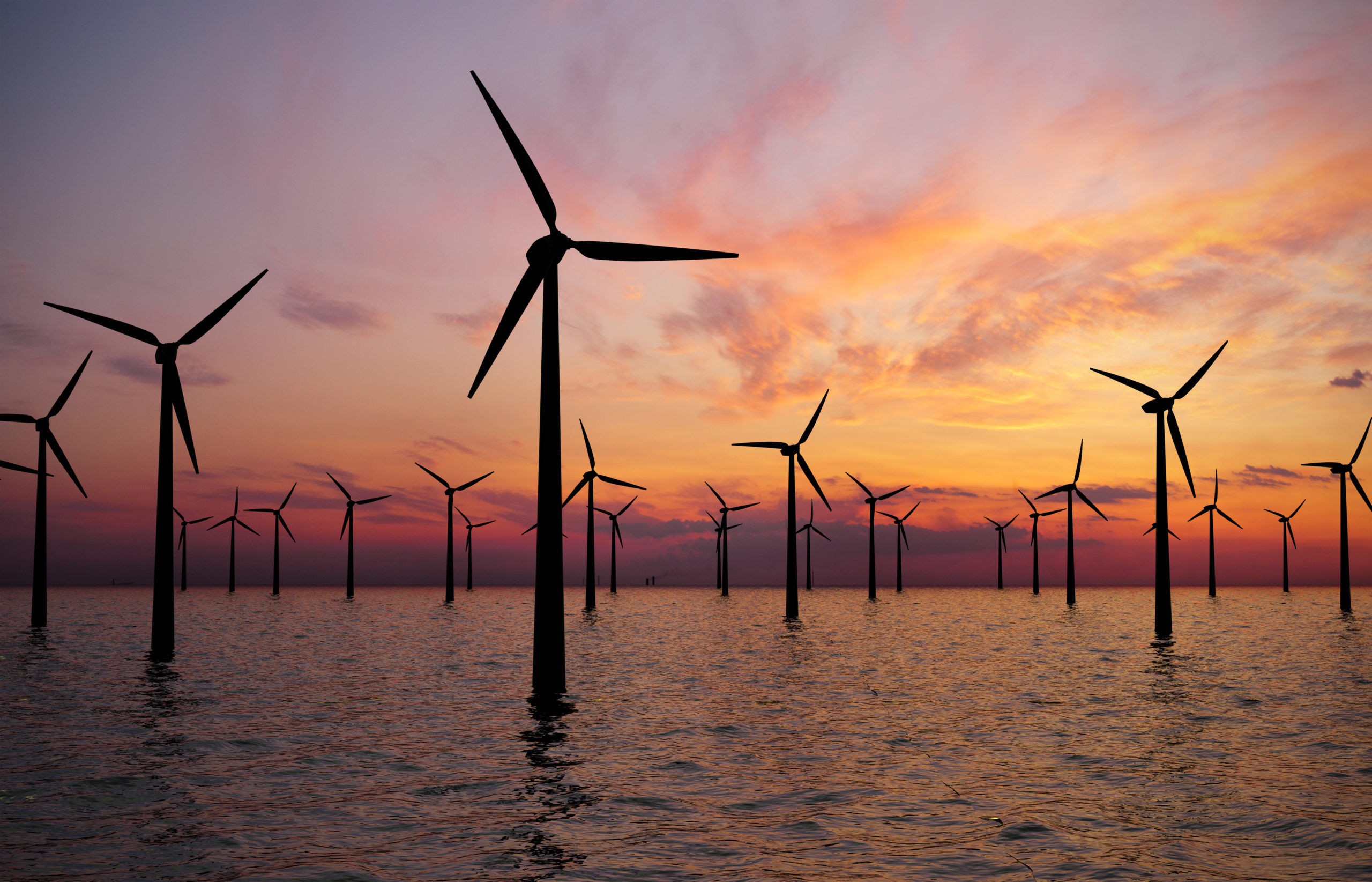
A question many homeowners ponder is, “Is wind renewable or nonrenewable?” To set the record straight, wind energy is undoubtedly renewable. Wind is an inexhaustible resource, unlike fossil fuels which can be depleted. Off shore wind farms, in particular, tap into this unceasing and boundless energy stream. When we harness this power, it’s converted into electricity without the release of detrimental greenhouse gas emissions. As we strategize to confront climate change and diminish greenhouse gases, offshore wind energy shines as a beacon. It promises not only a cleaner future but also reassures us that we’re drawing from a source that won’t run dry. So, to answer the initial query of “Is wind renewable or nonrenewable?” – it’s emphatically renewable, and it stands poised to be a linchpin in our future power generation stories.
How are Offshore Wind Turbines bad for the Environment?
- Offshore wind turbines provide clean energy, but they also have some environmental challenges, such as potential disturbances to marine life. Overall, their benefits often outweigh the drawbacks, especially when managed responsibly.
Working towards renewable energy sources is essential for our planet’s health, especially in the face of climate change. Offshore windfarms, with their ability to harness robust oceanic winds, have become significant players in this arena. However, as homeowners and environmentally-conscious individuals, it’s vital to be aware of the full picture, including potential ecological challenges.
Related Post: What is Green Energy?
What are the Advantages and Disadvantages of Offshore Wind Power?
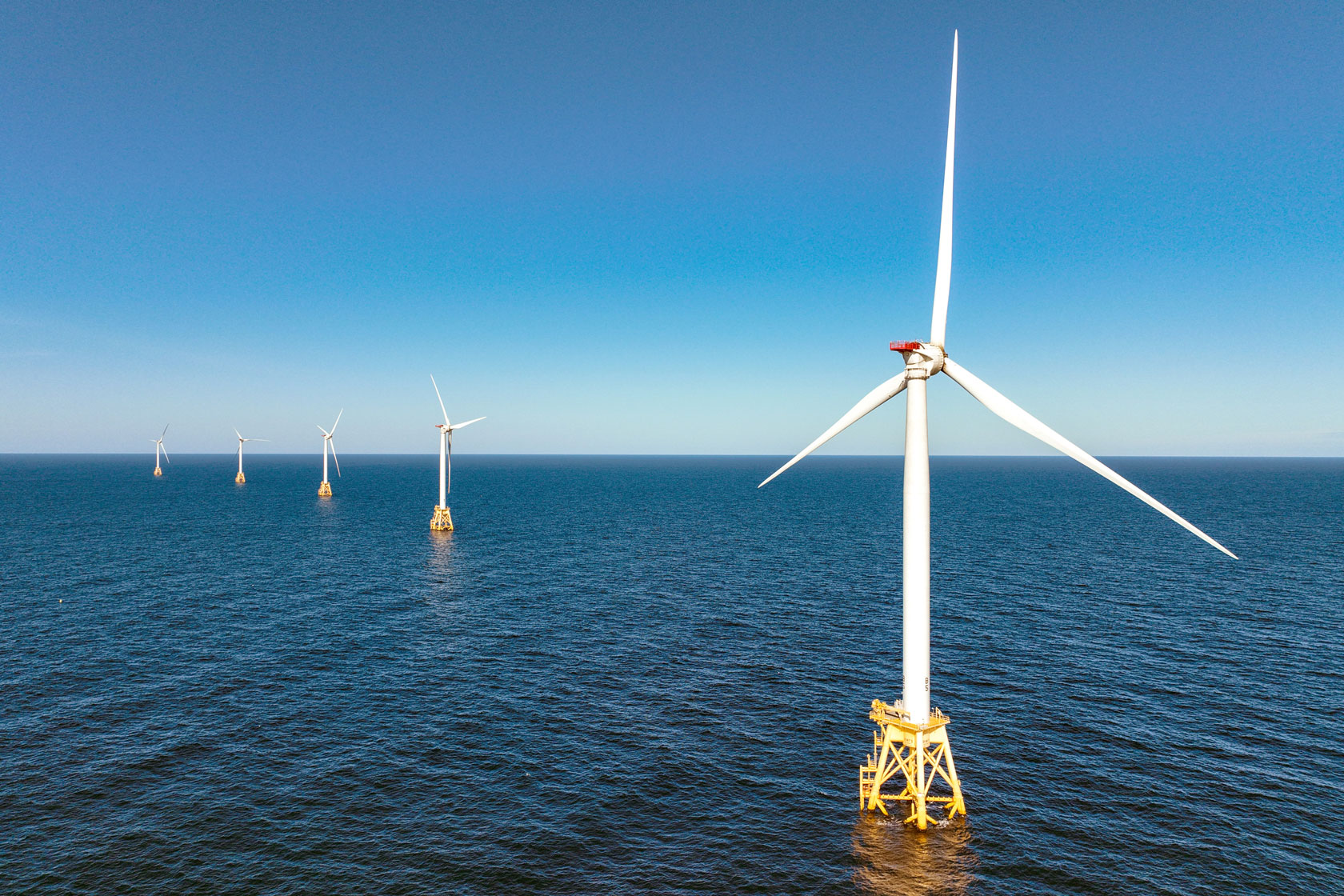
Like many advancements in technology, offshore energy turbines represent a blend of promise and potential pitfalls. Their impact on the environment isn’t straightforward, and to fully grasp their role, one must consider both their positive contributions and the potential challenges they present. Like many human-made technologies, comes with both benefits and potential environmental challenges. When asking if they’re “bad” for the environment, it’s essential to weigh the pros and cons.
Advantages
- Clean Energy Source: Offshore wind turbines generate electricity without emitting greenhouse gases, which helps combat climate change.
- Reduced Reliance on Fossil Fuels: As wind energy production increases, the reliance on polluting fossil fuels decreases, promoting cleaner air and reducing harmful emissions.
- Infinite Resource: Wind is a renewable resource. Harnessing it doesn’t deplete any finite resources, unlike coal or oil extraction.
Disadvantages
- Noise Pollution: The construction and operation of turbines, especially the pile-driving process, create underwater noise. This can be disruptive to marine mammals, particularly sensitive species like whales.
- Marine Fauna Disruption: Vibrations and noises from an ocean wind turbine might impact marine species, affecting their behaviors, reproductive patterns, and navigation.
- Seabed and Habitat Disturbance: Installation processes can disturb the seabed, potentially affecting benthic organisms and habitats.
- Turbidity and Ecosystem Impact: Seafloor disturbances can increase water turbidity, which might affect organisms like plankton, crucial for the marine food web.
- Bird Migration and Collision Risk: There’s ongoing research about the risk turbines pose to migrating birds. Some studies suggest that birds can collide with turbine blades, while others argue that birds tend to navigate around these structures.
Offshore windmill turbines offer a promising avenue for green, renewable energy, which is crucial in our transition away from fossil fuels and in our fight against climate change. However, it’s essential to approach their deployment with an understanding of potential environmental challenges. With careful planning, monitoring, and technological advancements, many of these challenges can be mitigated. The key is striking a balance between our energy needs and preserving the health and diversity of marine ecosystems.
Related Post: What are Biofuels?
Where Can Offshore Wind Farms be Installed?
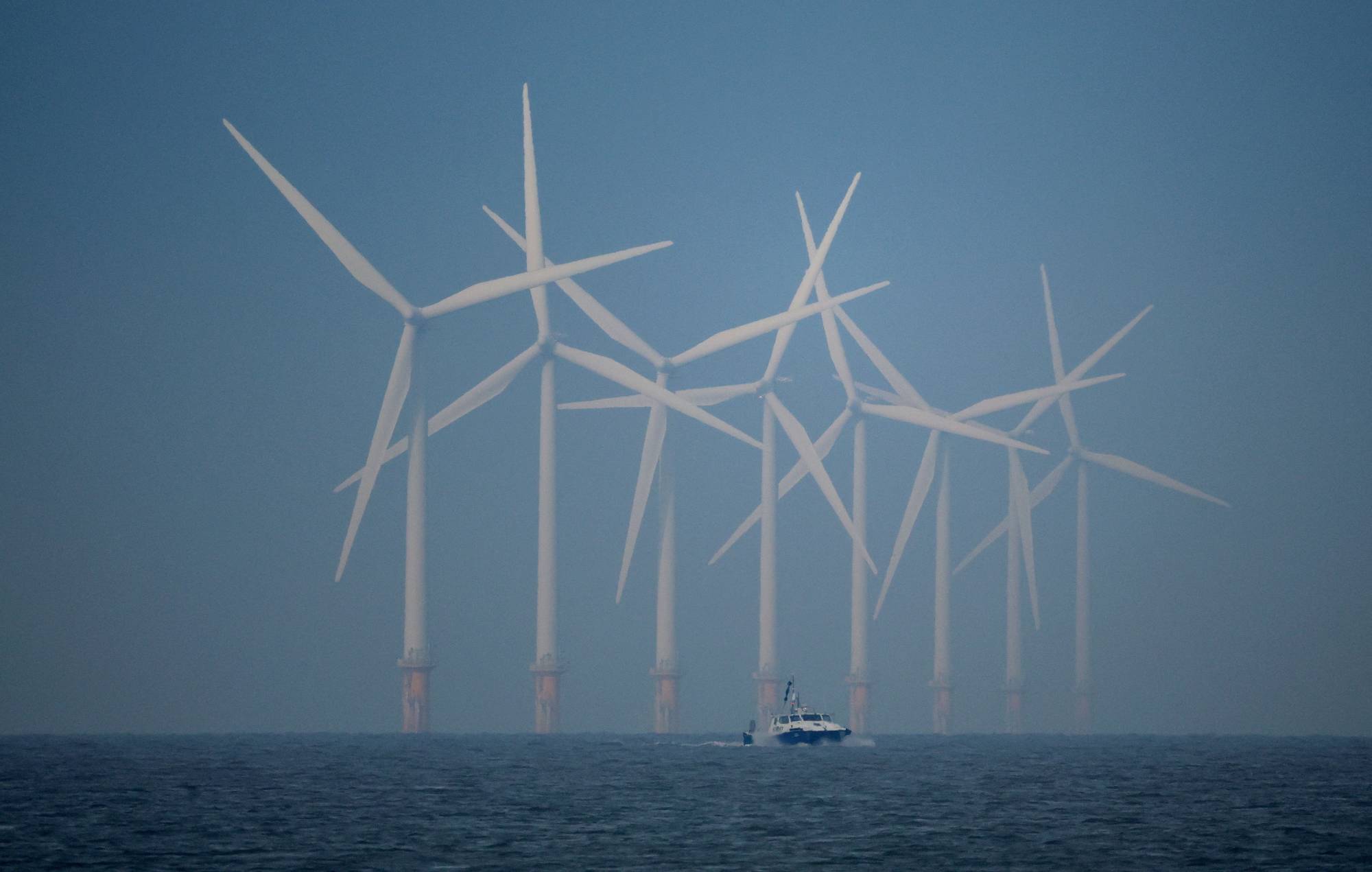
Offshore wind projects have a sweet spot: the shallow waters, usually around 30 to 60 meters deep. However, this depth is not just a random preference. Anchoring offshore turbines in these waters is both simpler and more budget-friendly. Now, it is possible to go further out into the ocean, but there is a reason for keeping these farms closer to our coastlines. The closer they are to land, the less expensive it becomes to send the generated electricity back to our homes. And let’s not forget the most crucial factor: wind. These wind farms in the ocean need a consistent, strong wind to be effective. Because without the right wind, they’re just metal structures in water. So, the key is to find those perfect spots where the wind doesn’t just whisper but sings, ensuring we tap into its maximum power potential.
Where are Offshore Wind Farms Located in the US?
- Block Island Wind Farm, Rhode Island
- Coastal Virginia Offshore Wind (CVOW) pilot project, Virginia
- Proposed Projects Along the Eastern Seaboard
- Proposed West Coast and Hawaii Prospects
While the U.S. currently has a limited number of operational offshore wind farms, the future looks promising. With increasing state commitments, technological advancements, and a clear emphasis on green energy, we can expect to see more turbines gracing the American coastlines soon. For homeowners and energy enthusiasts alike, this growth indicates a move towards a cleaner, more sustainable energy future.
Related Post: Is the price of electricity going up?
Offshore Wind Energy FAQ

Q: How does offshore wind energy work?
A: Offshore wind energy works by using large turbines in the ocean to capture wind. Then that wind is converted into electricity. As the wind blows over the blades of the turbine, it causes them to spin. This spinning motion then drives a generator which produces electricity. The stronger the wind, the more electricity is generated.
Q: What is meant by offshore wind?
A: Offshore wind refers to the wind that blows over the oceans and seas. It’s also used to describe wind turbines and farms that are placed in these waters to generate electricity.
Q: What is the difference between onshore and offshore winds?
A: Onshore winds blow from the sea towards the land, while offshore winds blow from the land out to the sea. When referring to wind energy, “onshore” means wind turbines are located on land, and “offshore” means they are located in bodies of water like seas or oceans.
Q: Does the US have any offshore wind farms?
A: Yes, the U.S. has offshore wind farms, with the most notable one being the Block Island Wind Farm in Rhode Island. Additionally, several other offshore wind projects are in development along the U.S. coastlines.
Do you Need Cheaper Electricity?
If you’ve taken the time to understand the information on your bill and discovered you’re paying more than you’d like for your electricity, have you looked around for a cheaper deal? The Energy Professor has a wealth of information on ways to save on your utilities, including details of top deals that could significantly reduce your monthly or quarterly electricity bills.
We hope you found this article helpful! If you are looking for ways to increase energy efficiency and sustainability in your home be sure to take a look at all of the latest renewable energy options in your area. The Energy Professor helps residential and small business owners find qualified energy suppliers in New York, New Jersey, Pennsylvania, Texas, Ohio, Maryland, Illinois, and Massachusetts.

